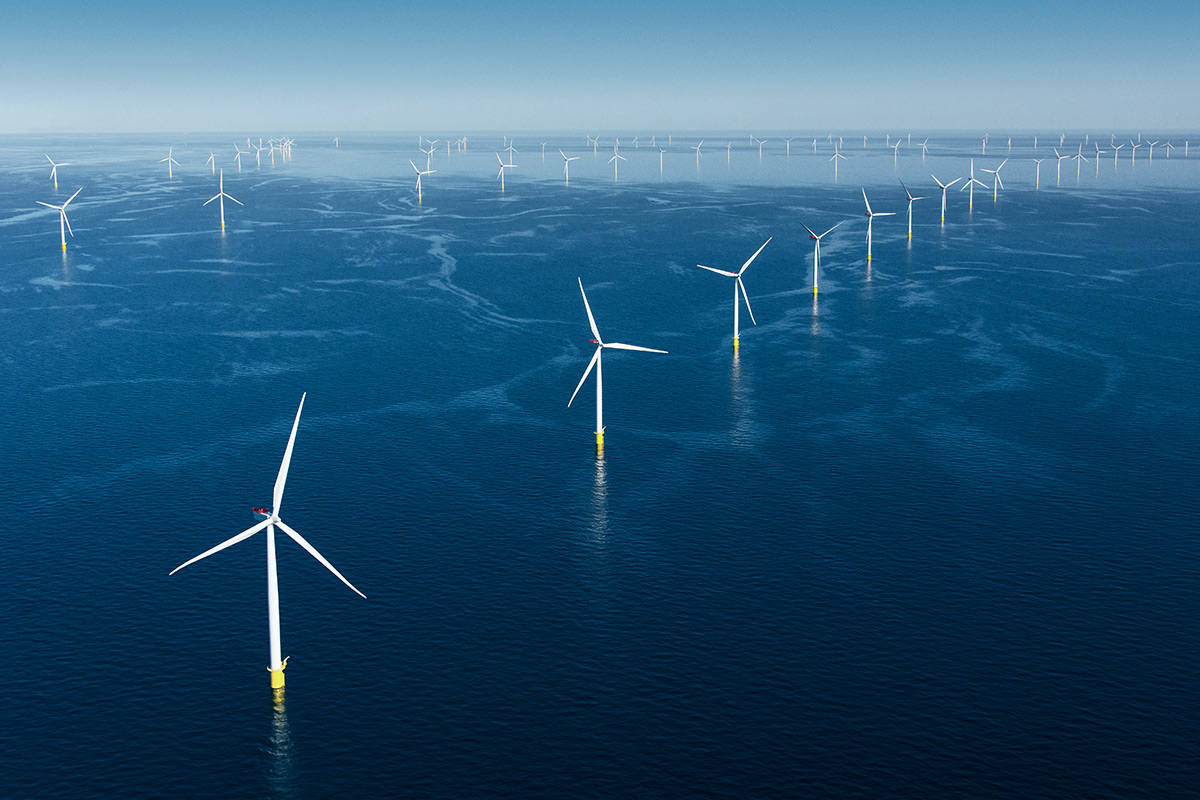News
Maritime Spatial Planning: most countries late, offshore wind must remain a priority
19 April 2021
Only 6 EU countries met the deadline for the submission of the final Maritime Spatial Plans. Others will need to ensure that their Plans are aligned with EU climate goals and allow for the development of offshore wind.
Offshore wind will play a central role in helping the EU meet its climate goals and decarbonise its economy. The EU Commission see offshore wind being 30% of Europe’s electricity by 2050. The EU Offshore Renewable Energy Strategy (ORES) set a target of 300 GW offshore wind for the EU by 2050, 25 times more than what the EU has today. But many activities already take place in the sea: shipping, fisheries, sand extraction, military activity, etc. And many areas are protected for marine conservation. To ensure that all these different activities take place in an efficient, safe and sustainable way, governments and stakeholders do Maritime Spatial Planning (MSP). MSP allows governments to plan and decide on the spatial and temporal distribution of activities and uses in the sea.
The EU Maritime Spatial Planning Directive requires coastal Member States to submit their Maritime Spatial Plans to the Commission by 31 March 2021. However only 6 of them met the deadline: Belgium, Denmark, the Netherlands, Finland, Latvia, and Portugal. The other 16 failed to send in their Plans on time: Germany, France, Croatia, Cyprus, Estonia, Greece, Ireland, Italy, Lithuania, Malta, Poland, Slovenia, Sweden, Romania, Bulgaria and Spain.
Belgium completed its Maritime Spatial Plan back in 2020, and it gives a good example on how to unlock offshore wind energy (2 GW) in a very crowded sea space through a multiple-use approach. But things don’t look so good in other countries. Denmark submitted its final Plan, but consultations are still open and there’s disagreements on the multiple-use of some areas. The Netherlands submitted their Plan but may wish to revise it now that they have a new Government. Germany managed to allocate around 20 GW of priority areas for offshore wind expansion but is still going through the final consultation process on its Plan and aims to submit it by September 2021. France has published 4 Documents Stratégiques de Façade, but won’t submit its final Plan before Q4 2021. Ireland’s is only slightly delayed. In the Baltics, Finland adopted its Plan in 2020 already, allocating areas for around 15 GW of offshore wind. But national defence requirements might set important limitations. Estonia, Poland and Sweden should submit their Plans in the coming months, Lithuania is still in the revision process. In the Mediterranean, Greece and Italy are far from having their Plans ready.
The way forward is simple: Member States must finalise or adapt, approve and submit their Maritime Spatial Plans as soon as possible. And they must ensure that these Plans are consistent with their respective National Energy and Climate Plans and the EU’s energy and climate objectives. This means allocating enough space for offshore wind and ensuring the electricity grid can accommodate this. It also means providing for the happy co-existence of different uses and activities at sea, such as offshore wind and aquaculture, military activities, nature conservation and tourism.


